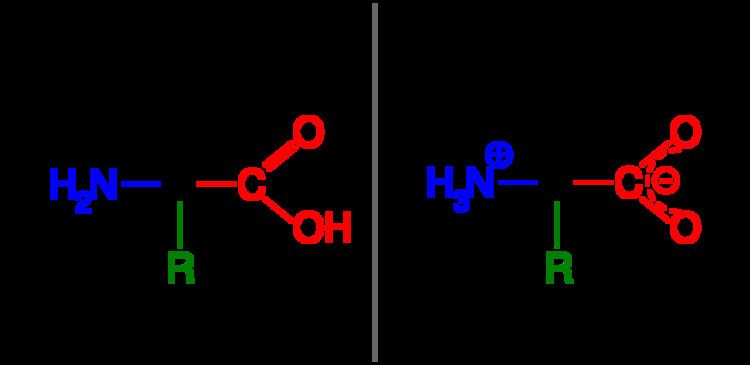 | ||
Tautomers are constitutional isomers of organic compounds that readily interconvert. This reaction commonly results in the relocation of a proton. Although it is a complicated concept, tautomerism is relevant to the behavior of amino acids and nucleic acids, two of the fundamental building blocks of life.
Contents
The concept of tautomerizations is called tautomerism. The chemical reaction interconverting the two is called tautomerization.
Examples
Tautomerization is pervasive in organic chemistry. It is typically associated with polar molecules and ions containing functional groups that are at least weakly acidic. Most commonly tautomers exist in pairs, which means that the proton is located at one of two positions. Common tautomeric pairs include:
Some more specialized examples are known including nitroso - oxime, ketene - ynol, amide - imidic acid (e.g., the latter is encountered during nitrile hydrolysis reactions);
Prototropy
Prototropy is the most common form of tautomerism and refers to the relocation of a proton. Prototropic tautomerism may be considered as a subset of acid-base behavior. Prototropic tautomers are sets of isomeric protonation states with the same empirical formula and total charge. Tautomerizations are catalyzed by:
Two specific further subcategories of tautomerizations:
Valence tautomerism
Valence tautomerism is a type of tautomerism in which single and/or double bonds are rapidly formed and ruptured, without migration of atoms or groups. It is distinct from prototropic tautomerism, and involves processes with rapid reorganisation of bonding electrons. An example of this type of tautomerism can be found in bullvalene. Another example is open and closed forms of certain heterocycles, such as azide - tetrazole or mesoionic münchnone-acylamino ketene. Valence tautomerism requires a change in molecular geometry and should not be confused with canonical resonance structures or mesomers.
